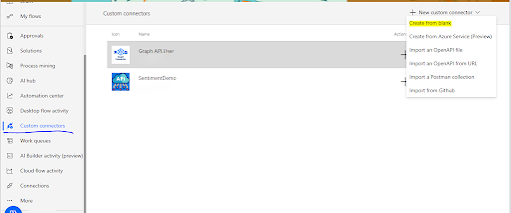Dataverse Lookup Permission Matrix
D
Dataverse Lookup Permission Matrix
Many-to-One lookup: Child → Parent (example: Employee → Department)
Quick summary
To edit a lookup you must have matching Append / Append To plus appropriate Read/Write levels on the involved tables. Missing any required permission typically shows a 🔒 lock on the lookup.
Parent Table - Department (records you select)
| Permission | Required Level | Why Needed | If Missing |
|---|---|---|---|
| Read | Organization | Allows user to view/select parent records | Lookup dropdown is blank |
| Append To | Organization | Allows child record to attach to parent | If it is not there while saving record it will show error like below Insufficient Permissions Calleruser(Id = 12) is missing prvAppendTosun_RelatedTable privilege on RelatedTable entity(OTC=1). Consider adding missing privilege to one of the Calleruser roles for the request to succeed |
Child Table - Employee (lookup column lives here)
| Permission | Required Level | Why Needed | If Missing |
|---|---|---|---|
| Read | Business Unit or Organization | Allows form to load and show current value | Form errors or missing data |
| Write | Business Unit or Organization | Allows changing the lookup value | Lookup shows 🔒 lock; cannot edit |
| Append | Organization | Allows child to attach itself to parent record | Lookup shows 🔒 lock |
Quick Checklist to Remove the Lock
- Parent: Read = Organization, Append To = Organization.
- Child: Read = BU/Org, Write = BU/Org, Append = Organization.
- If the lookup column has column-level security enabled, ensure the user is in a proper Column Security Profile.
- If you use Azure AD security groups, ensure the security role is assigned to the group (not just the app shared).
- Confirm whether the record is team-owned (team membership can allow access).
Note: If everything above looks correct but the lock remains, re-check the user's effective roles (direct + via teams + via Azure AD group) and column security profiles.



Comments
Post a Comment